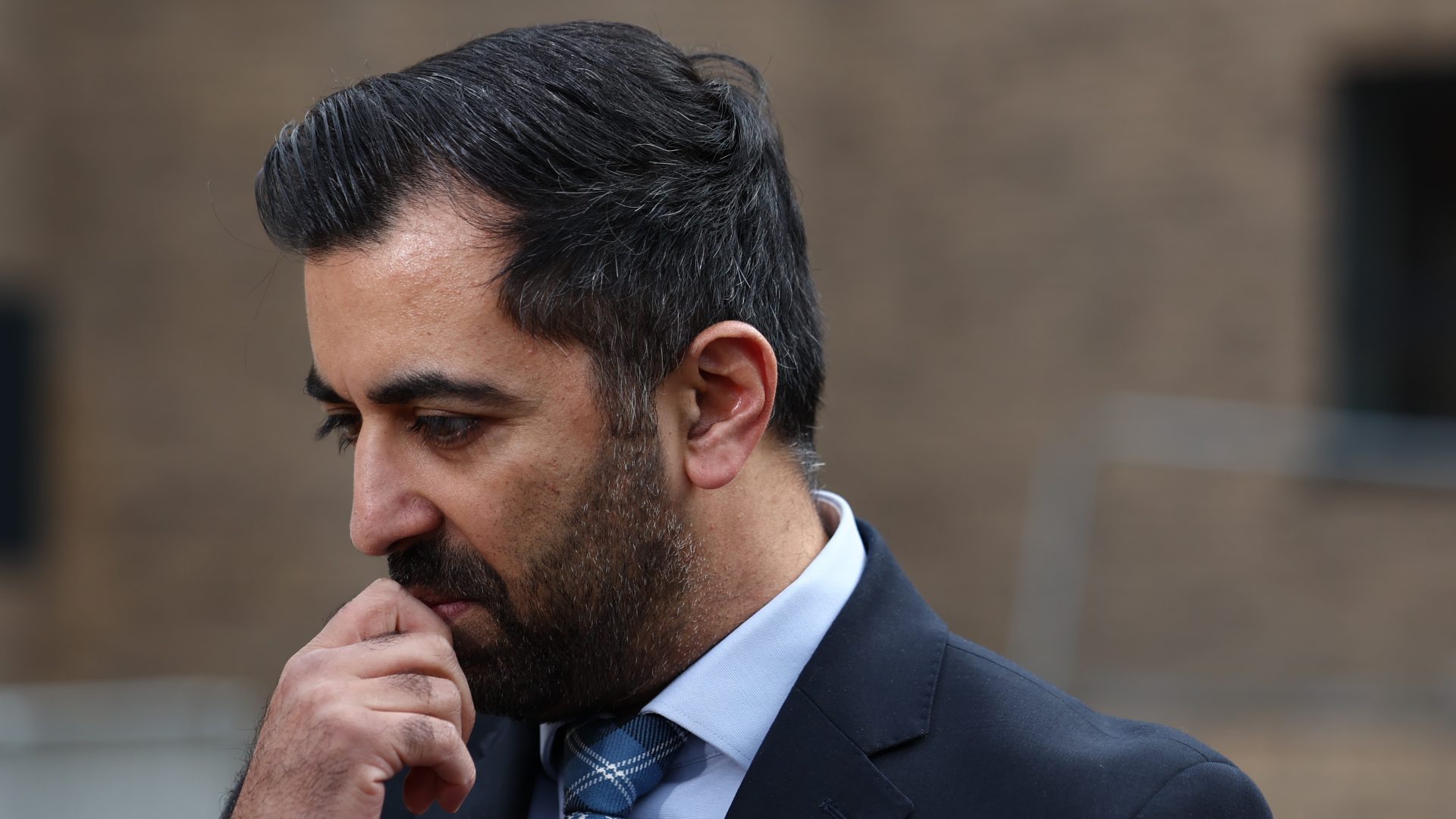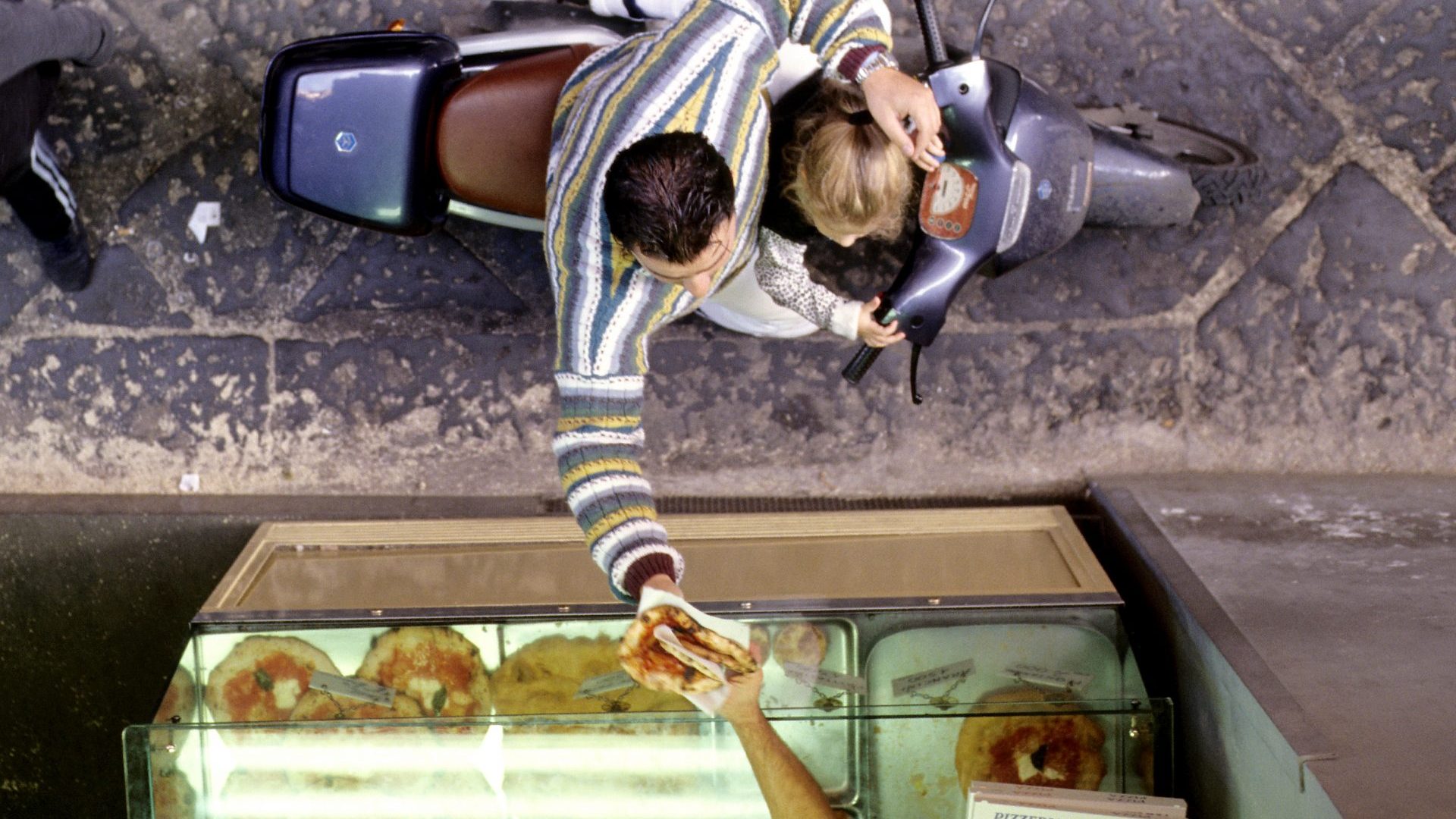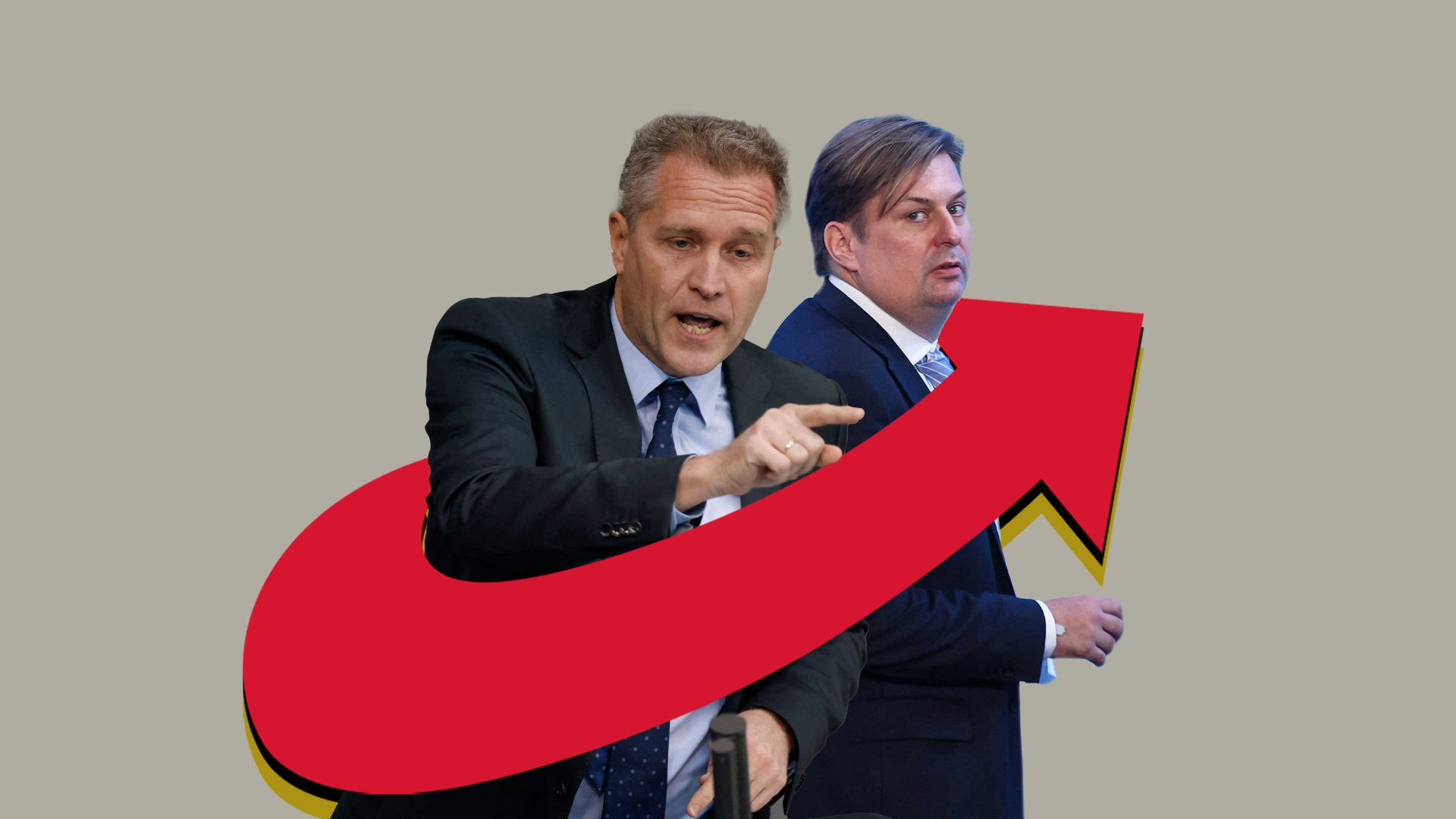After a bitterly cold winter, the trees around Edinburgh are coming back into blossom. It’s just about warm enough to walk around Holyrood Park without a heavy coat, and as the gorse on Arthur’s Seat becomes a thicker yellow, there’s change in the air.
But standing on the crags, overlooking Holyrood and the Scottish parliament, it’s not just a seasonal change that you can feel. In the halls of Holyrood, somewhere along the line, the SNP lost their grip.
Over the past year, the SNP government’s problems have unfurled at a meandering pace. Like a long piper’s lament, it has descended into a long, drawn-out crisis following Nicola Sturgeon’s resignation – but in the past week, the pace accelerated dramatically, and the administration led by her successor, Humza Yousaf, spiralled into chaos, and towards collapse.
The dissolution of the SNP-Scottish Green coalition meant that the SNP administration effectively became a minority government. That change led to the inevitable prospect of no-confidence votes in Yousaf’s government. He has preempted those votes by standing down.
The problems really started to mount when Yousaf ended the SNP’s power-sharing agreement with the Scottish Greens. When the news broke, I received a message from a friend, all caps, no punctuation: “THEY GOT RID OF THE GREENS THOSE BASTARDS”.
The Scottish Greens are growing in popularity, particularly among younger people. Their forward-thinking policies have struck a nerve with a frustrated generation and despite being pro-independence, they have even won sympathy from some of my unionist friends.
The SNP’s unceremonious ditching of their coalition with the Greens, following a reversal on climate targets, is a bitter pill for young people to swallow. We thought Holyrood could be a progressive tonic in a toxic political landscape. Apparently, that’s not so.
The problem is that Yousaf tried to play the strong man in a system that’s set up to promote collaboration, one that gives smaller parties a seat at the table. Yousaf’s attempt to dominate has alienated other parties in the process. It is a bitter irony that it was those smaller parties that threw him so violently off course.
There’s also anger that the SNP has sold out. A Green Party supporter told me that Yousaf has tried to satisfy his more conservative voters at the expense of those who care about climate, trans rights and building an independent Scotland with progressive values. The power of these progressive voters, he claims, not only put the SNP in power, but will now drive them from it.
Since the scandals erupted around Sturgeon’s financial affairs, the SNP has been on shaky ground. But now, less than a week since Sturgeon’s husband has been charged in the SNP finance probe, the ground has given way completely. The timing of these events isn’t a coincidence – a generally held view here is that the SNP’s days in office were numbered as soon as the forensic tent appeared outside Sturgeon’s house.
A friend tells me that Scottish Labour’s Anas Sawar is the only sound leader left in Scottish politics. “He’s just a normal, good guy,” my friend offers, before denouncing the Scottish Conservatives as out of touch, and the SNP as deluded.
As far as he’s concerned, the SNP lost its appeal when it started blaming everything on everyone but themselves. This was only demonstrated further, he said, when Yousaf started to hurl accusations and insults at opposition parties following the tabling of the Conservatives’ vote of no confidence. At that moment, his image as a unifying figure was effectively destroyed.
Even for friends who follow Scottish politics, the speed of the collapse has come as a shock. When I ask a well-informed friend about it, she says she has been trying to piece together what actually happened. What it comes down to is this – there’s no prospect of independence any time in the near future.



